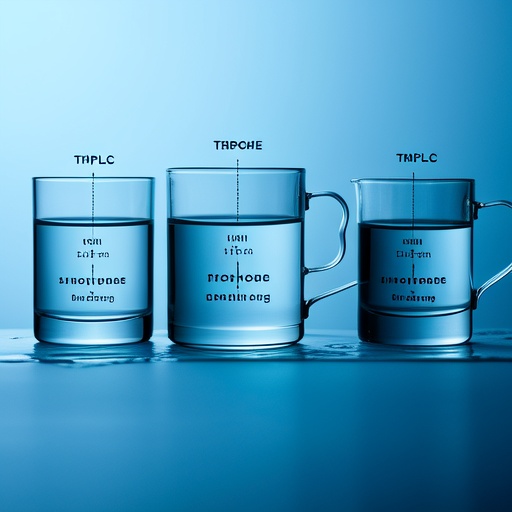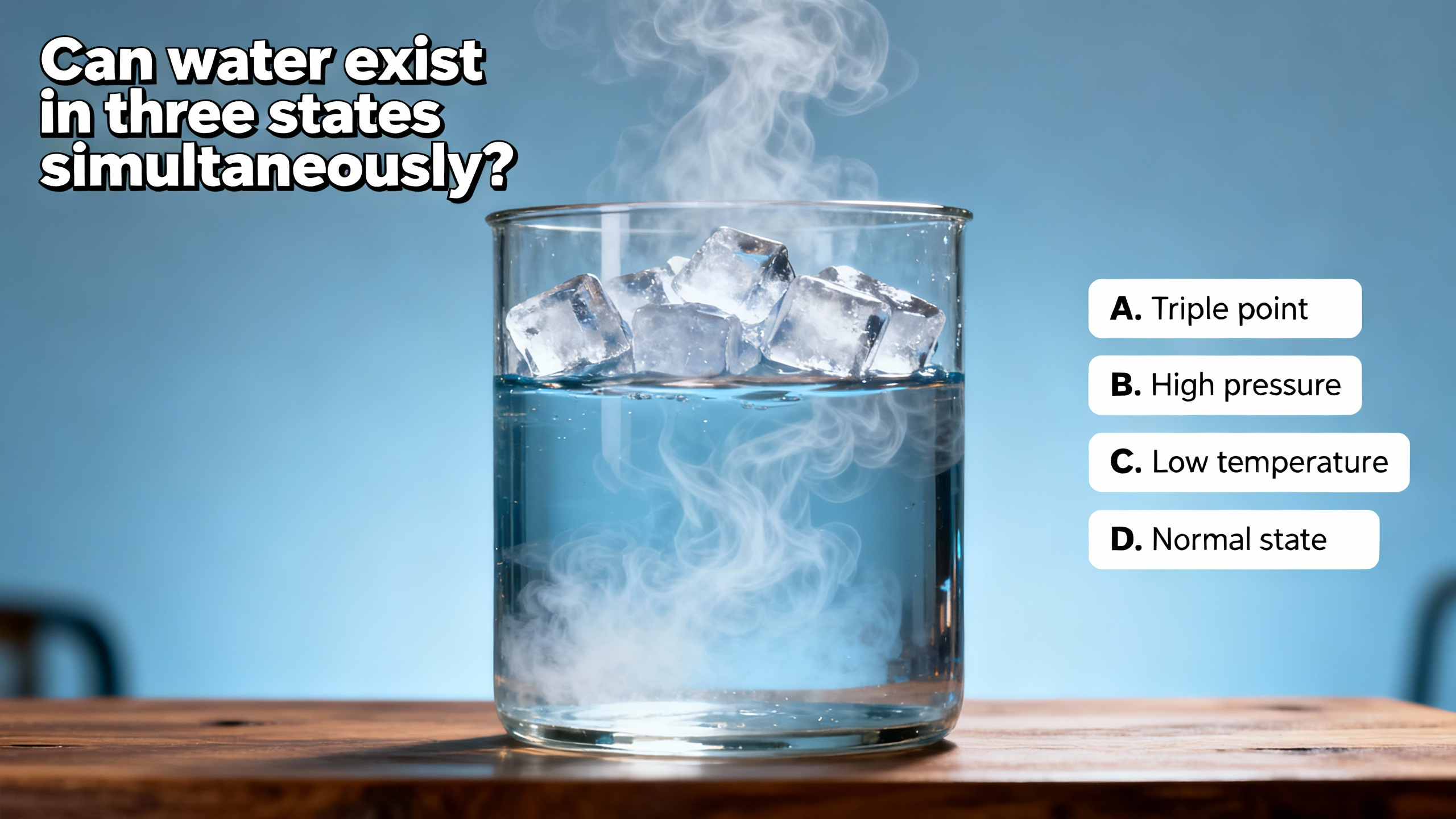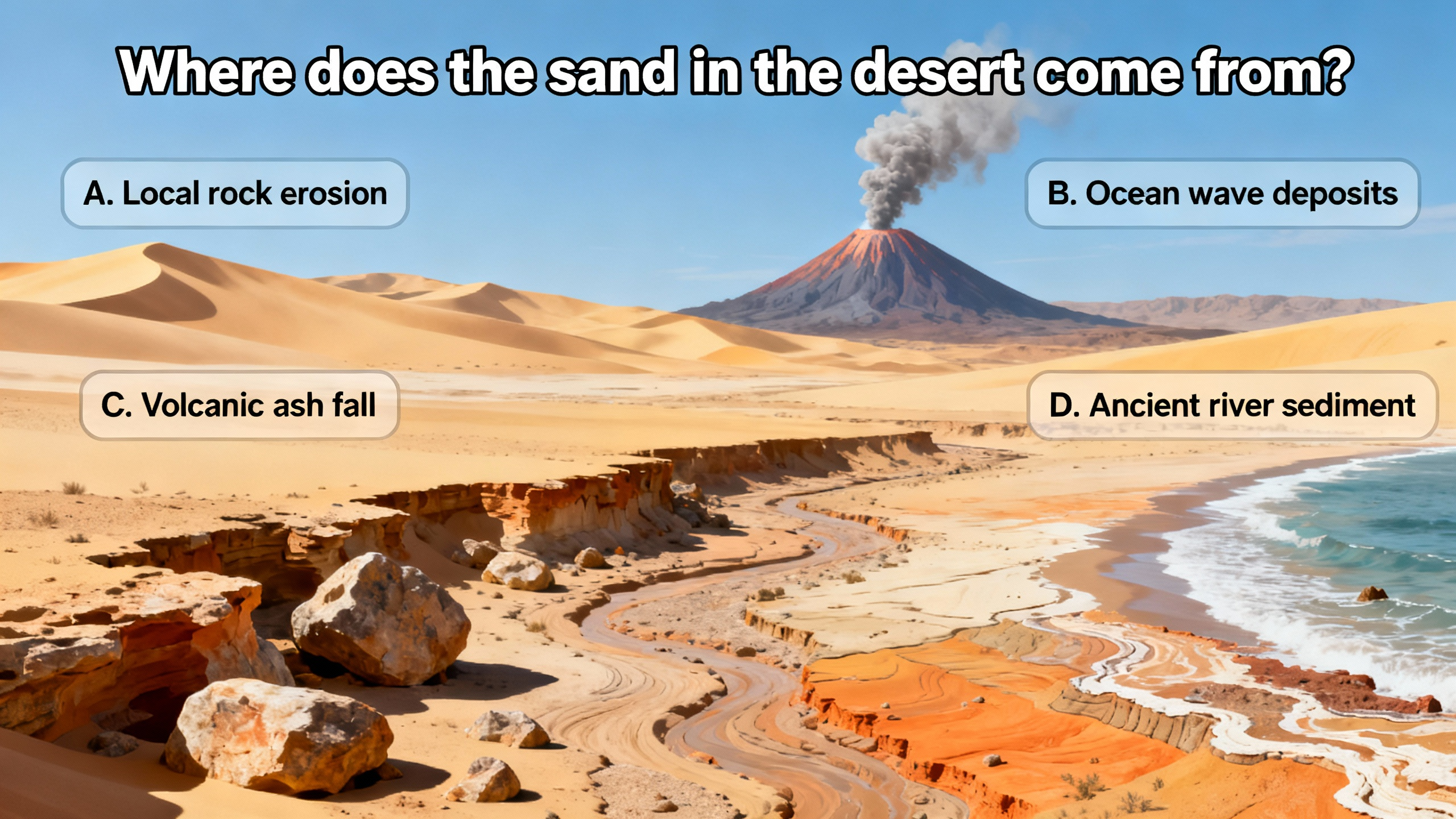Water's Triple Point: Where Three States Coexist
 Yes, water can exist in three states simultaneously under specific conditions, which is known as the triple point.
Yes, water can exist in three states simultaneously under specific conditions, which is known as the triple point.
The triple point of a substance is the unique combination of temperature and pressure at which the solid, liquid, and gaseous phases of that substance coexist in thermodynamic equilibrium. For water, the triple point occurs at a temperature of 273.16 K (0.01 °C) and a pressure of 611.657 pascals (about 0.006 atm). At this precise point, ice, liquid water, and water vapor can all be present in the same system.
This phenomenon can be understood from a molecular perspective. At the triple - point conditions, the energy of the water molecules is such that some molecules have enough energy to break free from the solid lattice structure of ice and enter the gaseous phase, while others have just the right amount of energy to stay in the liquid state. The balance between the forces of attraction and the kinetic energy of the molecules allows these three states to coexist.
The concept of the triple point is not only a fascinating scientific curiosity but also has practical applications. It serves as a fundamental reference point in the International Temperature Scale. Scientists use the triple point of water to calibrate thermometers and define the kelvin, the SI unit of thermodynamic temperature. This ensures the accuracy and consistency of temperature measurements across different laboratories and scientific experiments around the world.










